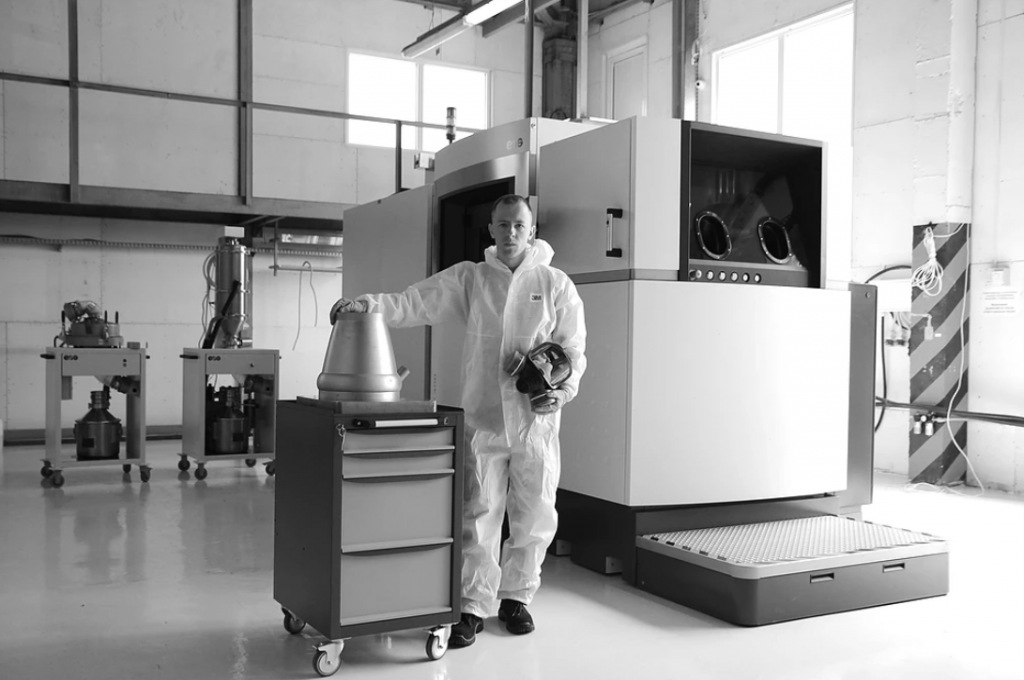UK government aims to capture 10% of the global space market by 2030, and with a combination of private sector enterprise and advanced manufacturing (including 3D printing), a few companies have begun the countdown towards that target.
Skyrora is a privately-funded launch vehicle developer with sites in Edinburgh, London, and the Ukrainian city of Dnipro. It aims to send off its sub-orbital Skyrora-1 vehicle into space in late 2018, which will lay the groundwork for Skyrora-XL, the company’s three-stage space rocket.

3D printing to enhance existing technologies
Skyrora’s strategy combines advanced manufacturing techniques, such as 3D printing, with proven rocket technology – improving parts where necessary without reinventing what already works well.
The first and second stage static firing tests for the Skyrora-XL were successfully completed in January 2017, and 3D models are now being tested based on the results. The third stage, the landing stage, is yet to be completed or tested.
With the Skyrora-1 vehicle, the company is using 3D printing technology to create cost-effective propulsion systems. These run on an environmentally-friendly hydrogen peroxide-based fuel, which was also used by the UK’s 1971 Black Arrow launch program.
Skyrora’s Business Development Manager Daniel Smith told SpaceNews, “Things are moving very rapidly at this point. We’ve already 3D printed various parts of our sub-orbital test vehicle and are in advanced talks about testing our engines here in Britain.”
“We expect to grow our U.K. team substantially in Q1 2018, particularly on the manufacturing side of the business,” added Smith.

3D printing lifts off
While Skyrora has not extensively revealed which parts have been 3D printed, it has shown that the rocket engine nozzle was SLM 3D printed using an EOS M 400 3D printer. Additionally, a look at other companies incorporating 3D printing into space rockets may provide further clues.
The rocket nozzle of the Ariane 6 launch vehicle’s Vulcain 2.1 engine was 3D printed by GKN Aerospace using laser welding and laser metal deposition, while Aerojet Rocketdyne’s RL10 rocket has 3D printed thrust chambers.
Other companies have taken the technology further. Both Rocket Lab’s Rutherford engine and Amaero’s “Project X” Aerospike engine are chiefly made of 3D printed components.
Looking at the similar components in the sub-orbital Skyrora-1 vehicle, it seems most likely that its engine thrust frame and combustion chambers will also be 3D printed, either in Skyrora-1 or Skyrora-XL
Let us know what you think the best application of 3D printing has been this year. Make your nominations for the 3D Printing Industry Awards 2018 now.
For more stories on 3D printing in aerospace, subscribe to our free 3D Printing Industry newsletter, follow us on Twitter, and like us on Facebook.
Featured image shows Skyrora engineers with an assembled sub-orbital launch vehicle body. Photo via Skyrora,

